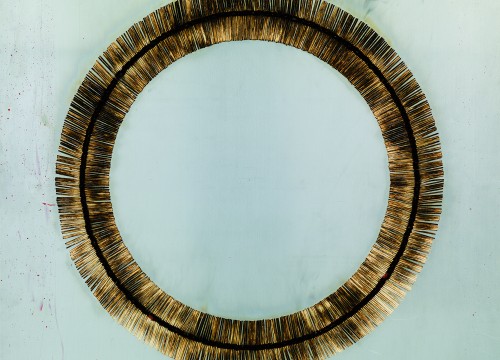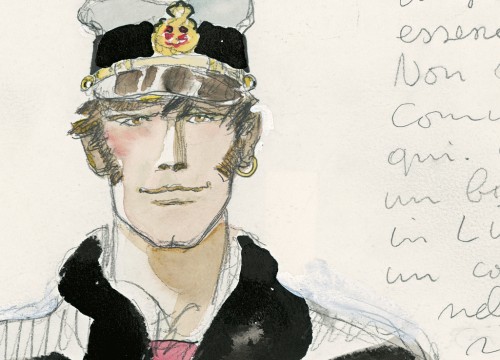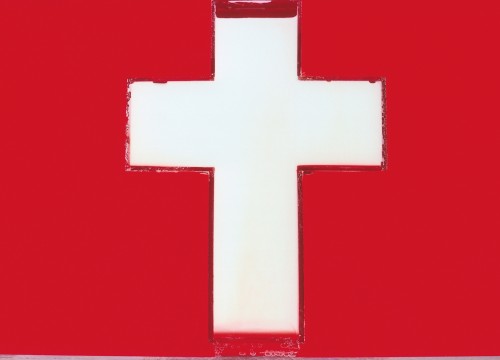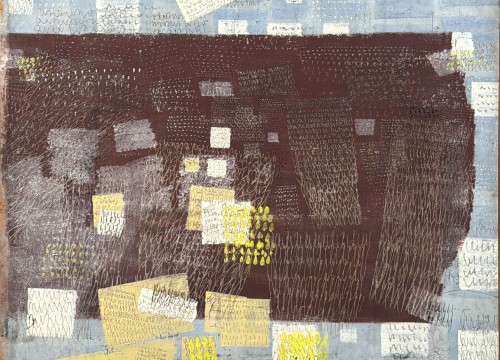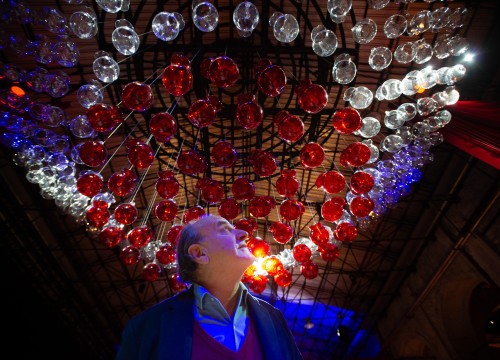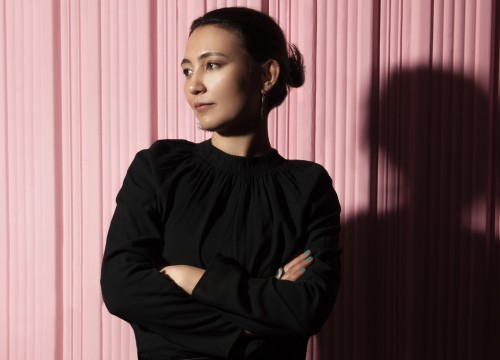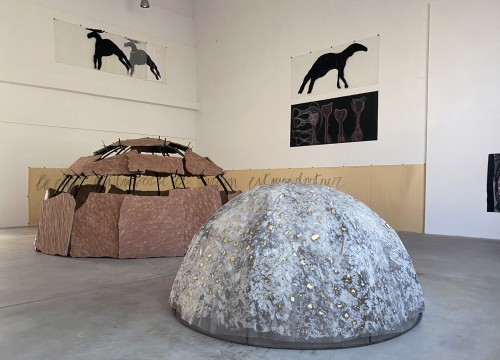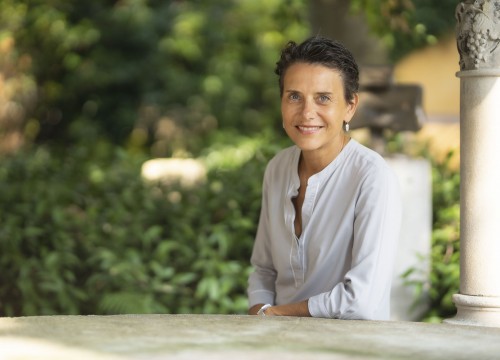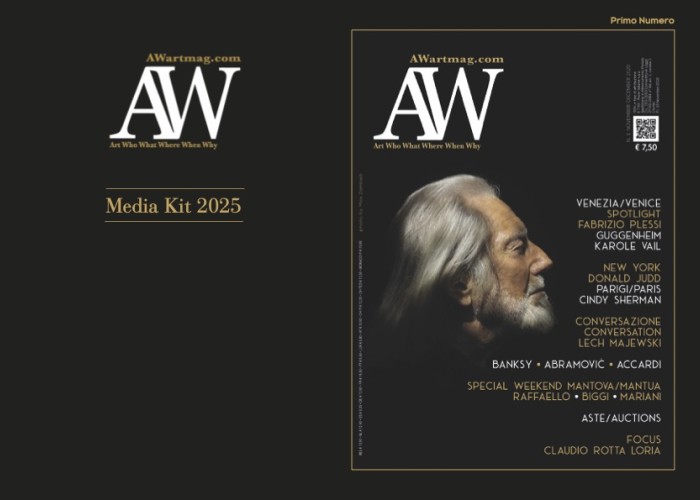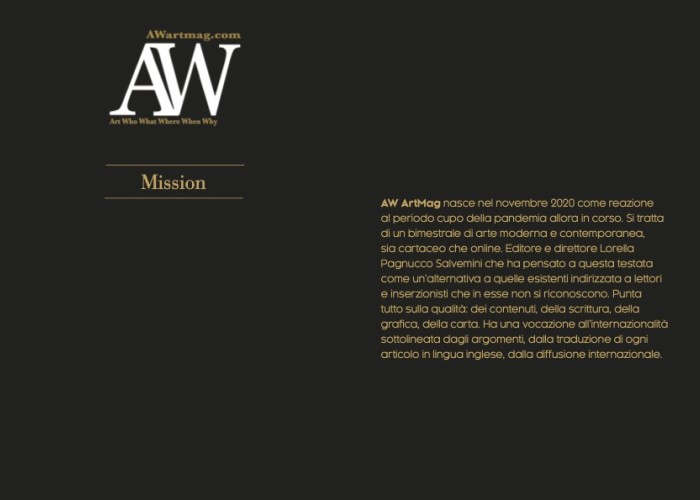An exhibition focusing on the Monument to Balzac by Rodin
A simple plasterboard robe folded on itself. Domestic, almost poor. Forms a little clumsy, yet powerful, evocative, abstract, avant-garde. The Rodin Museum celebrates a little-known artwork of its collections: the Study of the Robe for Balzac by Auguste Rodin. A unique work, born in support of another: the Monument to Balzac, a bronze sculpture representing the writer Honoré de Balzac, commissioned to Rodin from the Société des Gens de Lettres, whose model was made between 1891 and 1897 but which was rejected by the client. After years of controversy, the monument was officially inaugurated in 1939 on Boulevard Raspail in Paris, fifty years after the initial commission and twenty years after Rodin’s death. But why?
The idea of a monument to Balzac was conceived on the proposal of Alexandre Dumas, immediately after the death of the writer in 1850, but the project was abandoned. Only in 1885 did Émile Zola, president of the Société des Gens de Lettres, relaunch the initiative and entrust its realization to the sculptor Henri Chapu, who died leaving his monumental statue three meters high unfinished. Zola then commissioned Rodin.
Rodin finds inspiration in a caricature of Charivari who represents him in white robe as a Dominican
This project obsessed the sculptor for years. Rodin devoted himself to studies and iconographic researches on Balzac: from the search in his native Touraine to the daguerreotype of the writer shot by Bisson in 1842. But it is in the caricatures that the artist found inspiration, and in particular in that of the Charivari, who represents Balzac in his usual work clothes: a white robe as a Dominican. The reaction of his contemporaries, for whom a great man could not be represented small and corpulent, led him to hide that body under the folds of a wide drape. The cast of a real plaster robe emerged as well as the solution to the search for a plastic formula capable of returning the idea of Balzac, without representing exactly his body.
The exhibition, curated by Marine Kisiel and Isabelle Collet, analyses how the perception of bodies influences the construction of their image. Taking as a starting point the process of creation of the Monument to Balzac, the exhibition Corps In.visibles invites a broader reflection on the evolution of the representation of the body in public space. For this reason, the exhibition concludes with a comparison between the statue of Balzac and a work by the contemporary sculptor Thomas J. Price depicting an anonymous black woman in a sports suit. On the one hand, an idealized but hardly understandable Balzac for his clients at the end of the 19th century; on the other, a monumental celebration of an anonymous, symbol of a new diversity in public statuary of the 21st century.











